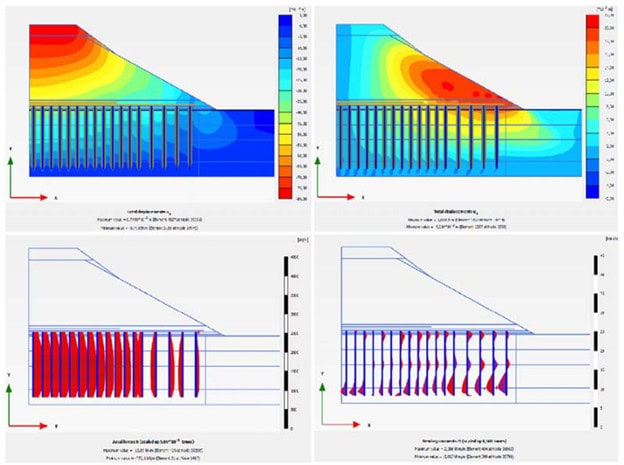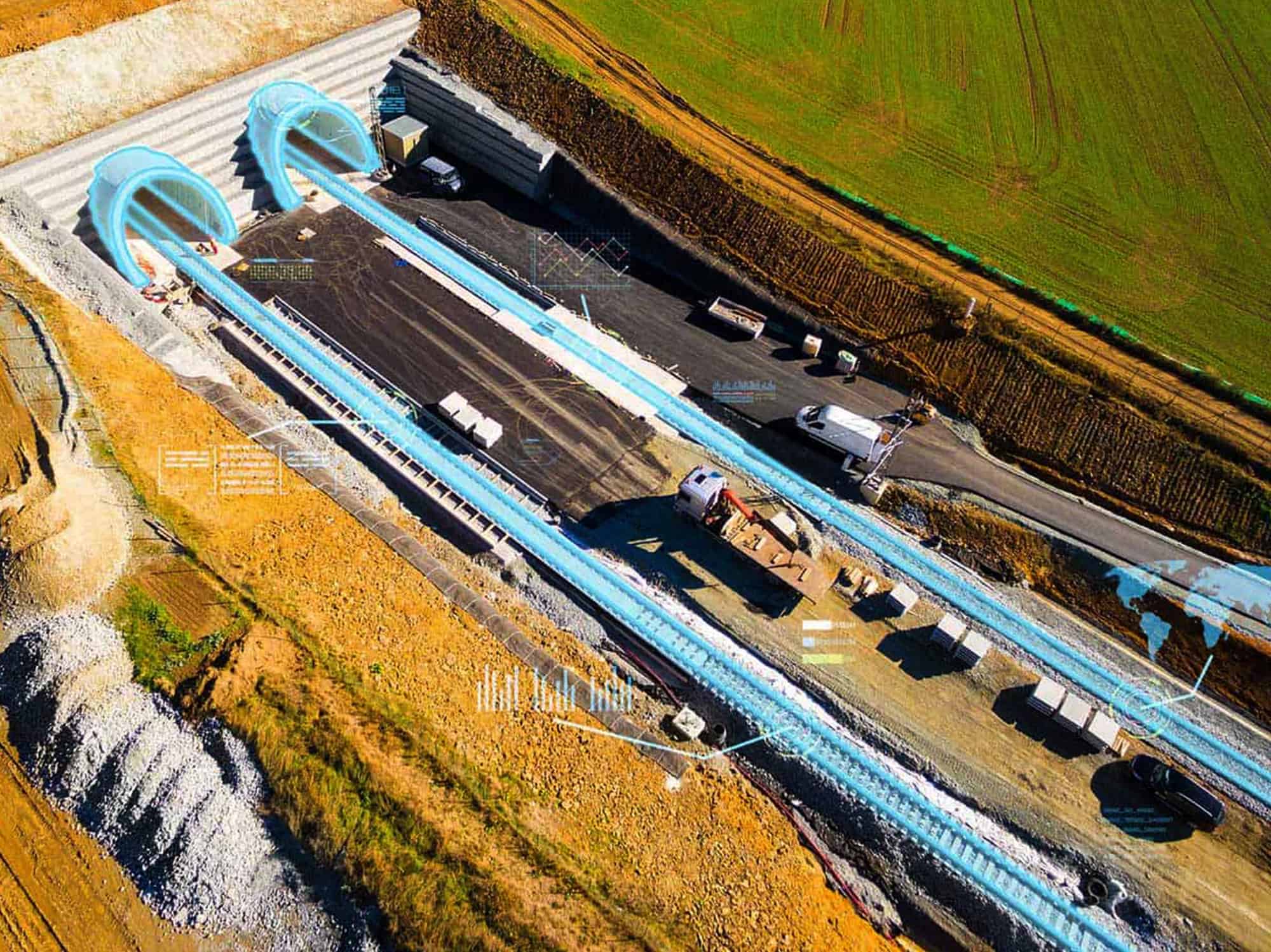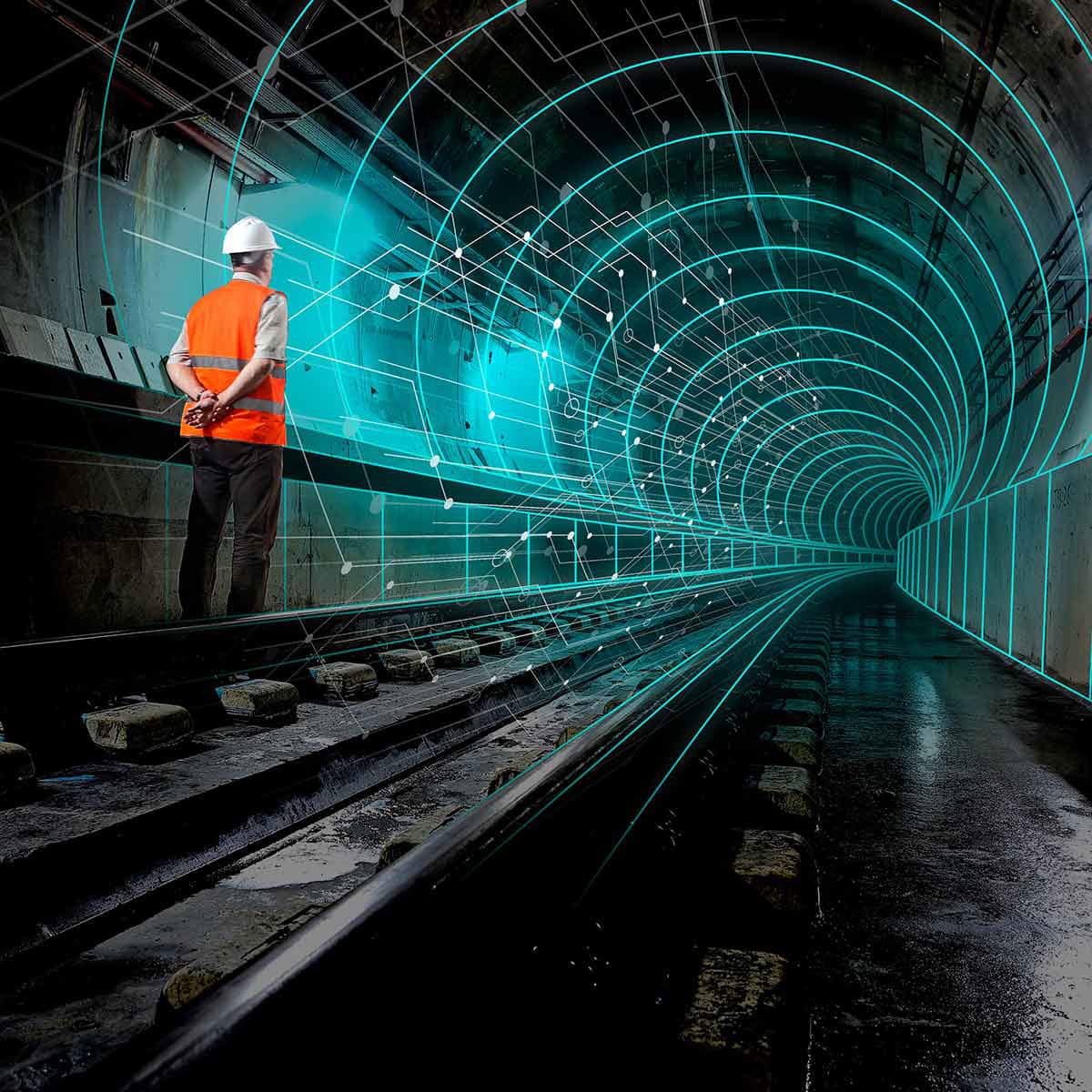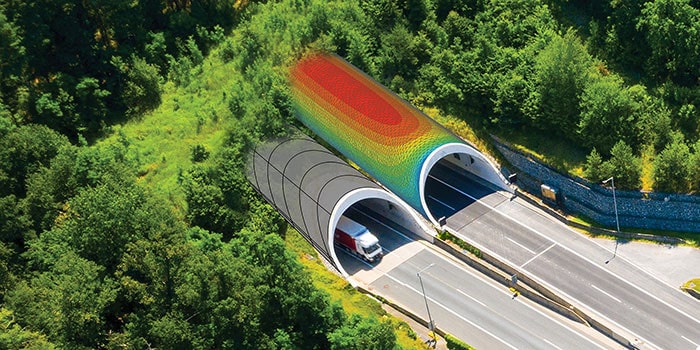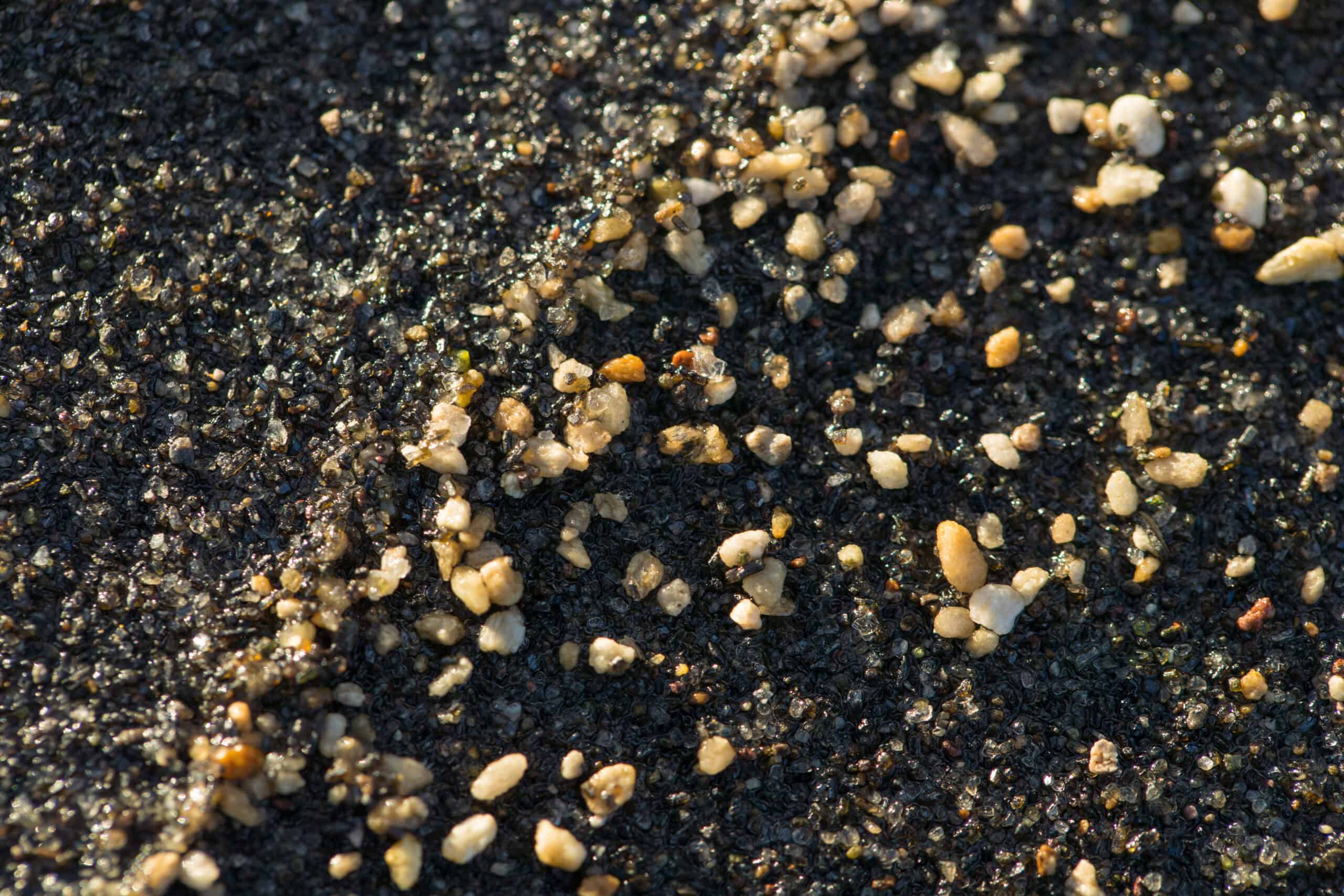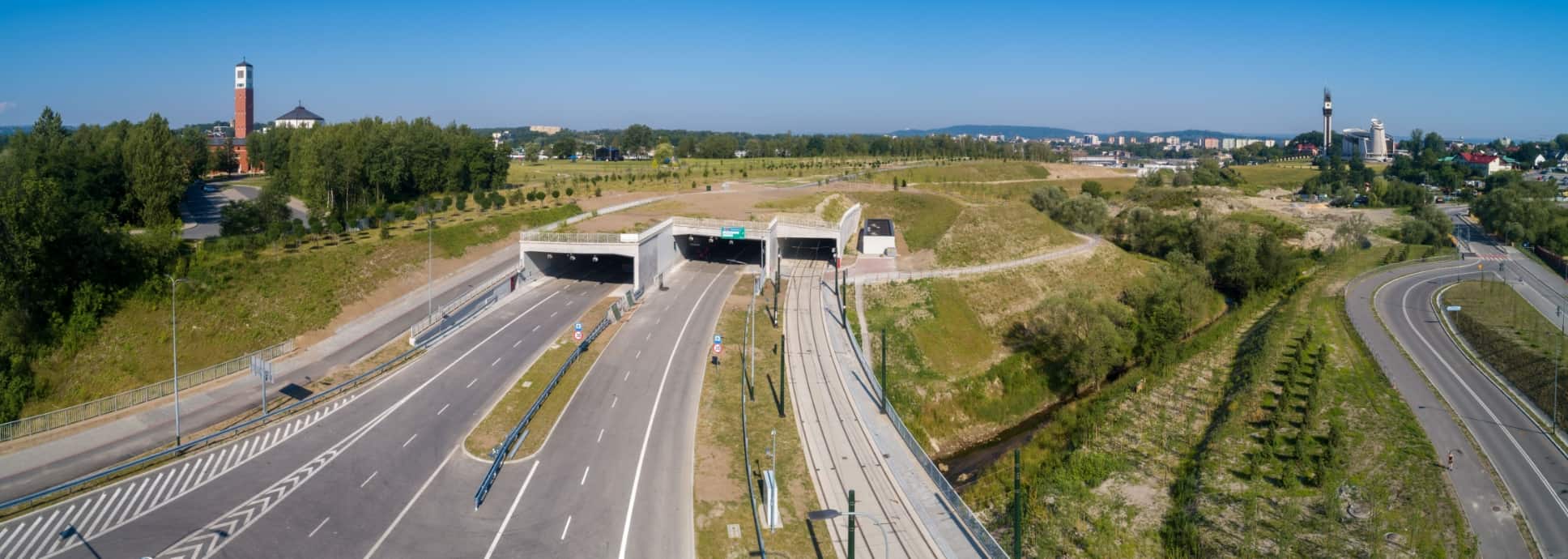This blog is a part of the series: Your Guide for Soil Improvement with PLAXIS
Introduction
Soil improvement refers to the process of modifying the physical properties of soil to improve its load-bearing capacity, reduce settlement, and mitigate the risk of liquefaction. These improvements are vital for the construction of structures like buildings, bridges, and embankments, where soil stability is crucial.
Some common soil improvement techniques include:
- Compaction: Enhancing soil density through mechanical means.
- Grouting: Injecting materials like cement or chemicals into the soil to increase its strength.
- Stabilization with Additives: Mixing soil with lime, cement, or other additives to improve its properties.
- Deep mixing: Combining soil with binders at depth to form a stronger material.
- Drainage improvement: Reducing water content in soil to enhance stability.
Applications of Numerical Modelling in Soil Improvement
Numerical modelling in PLAXIS allows engineers to simulate various soil improvement methods and predict their effectiveness. This process is crucial for designing safe and cost-effective solutions. Here are some key applications that can be undertaken with numerical analysis:
- Static and Dynamic Compaction Methods:
- Static methods: Such as preloading with vertical drains, these methods require coupled consolidation analysis to model the slow application of load and soil consolidation over time.
- Dynamic methods: Though less commonly modelled due to their complexity, dynamic compaction involves high-energy impacts to densify the soil.
- Non-displacement Techniques:
- Soil freezing: Temporarily increases soil strength for construction support, requiring specific models to simulate frozen soil behaviour.
- Injections: Used for stabilizing loose granular soils or creating barriers, often modelled using constitutive models based on experimental data.
- Improvement by Adding Material Elements:
- Stone columns and sand compaction piles: Displacement techniques where materials are added to improve soil strength and stability.
- Micropiling and rigid inclusions: Structural elements are added without displacing soil, modelled to assess their interaction with the surrounding soil.
Key Features of PLAXIS for the Numerical Analysis of Soil Improvement
PLAXIS is a powerful geotechnical engineering application that utilizes finite element analysis (FEA) to model soil behaviour and predict how soil will respond to various improvement techniques.
- PLAXIS provides a comprehensive library of soil constitutive models that represent different types of soil behaviour under various loading conditions. It can accurately predict how the soil will deform and where stresses will develop, helping engineers understand potential issues like settlement or failure.
- The application can simulate groundwater flow, which is crucial in the numerical analysis of soil improvement because it helps predict how water movement affects soil stability and behaviour. Accurate modelling of groundwater flow is essential for preventing soil liquefaction, reducing settlement, and improving overall soil strength, ensuring that soil improvement techniques are both effective and sustainable.
- PLAXIS provides flexible methods for modelling soil reinforcement:
- Geosynthetics: PLAXIS can simulate the inclusion of geosynthetic materials, such as geogrid and geotextile elements, in the soil, predicting how they improve stability and reduce deformation.
- Piling: PLAXIS can accurately model piles and their interaction with the surrounding soil either as continuum elements or as structural embedded elements, helping to design effective foundation systems.
- Automation and scripting through PLAXIS API and Python can streamline and enhance geotechnical analysis processes. By leveraging these tools, users can automate repetitive tasks, run multiple simulations efficiently, and extract and process results systematically.
- PLAXIS offers both 2D and 3D modelling environments. Choosing between PLAXIS’ 2D and 3D analysis depends on the project’s complexity. PLAXIS 2D is simpler and faster, ideal for preliminary studies and straightforward projects. In contrast, PLAXIS 3D offers more accurate and detailed analysis for complex geometries and interactions, though it requires more time and computational resources.
Case Studies and Applications
- Transportation: The South Europe Atlantic High-Speed Rail Line is a high-speed railway in France that connects Tours and Bordeaux. This line is part of the larger TGV network operated by SNCF, the French national railway company. One of the challenges they face is the construction of viaduct abutment stabilizing embankment. The article entitled “Embankment on Soft Soil Reinforced by CMC Semi-Rigid Inclusions for the High-speed Railway SEA,“ written by Burtin and Racinais (2016), discusses the use of PLAXIS 2D in assessing the effect of controlled modulus column (CMC) ground improvement for this high-speed railway embankment project. PLAXIS was used to evaluate settlements, deformations, forces, and the integrity of CMCs. It also helped in meeting settlement criteria, monitoring embankment performance, and ensuring stability. PLAXIS aided in predicting settlements, lateral displacements, and assessing the behaviour of the structure, providing valuable insights for the project’s success.
The main results of numerical analysis of an embankment construction (Burtin and Racinais, 2016)
- Infrastructure: The Stephenson Avenue Extension project in Perth, Australia, aimed to improve traffic flow and connectivity. One of the major challenges was the varying ground settlement rates due to the presence of highly compressible peat swamp soil. The geotechnical engineering team at WSP used PLAXIS 2D and 3D modelling software in conjunction with Python to automate the analysis of over 160 different ground improvement designs. By leveraging the PLAXIS API and Python, the team efficiently modelled all 160 design combinations, which included creating 2D axisymmetric numerical models and using algorithms, including Linear Search or Brute Force, to automate the process. The analysis considered three crucial design variables: peat thickness, embankment height, and concrete column spacing. This automation significantly reduced the time and cost associated with the project, allowing for easy visualization and interpretation of results. This facilitated preliminary decision-making before more detailed analyses were conducted using PLAXIS 3D. This approach streamlined the design process and ensured that the ground improvement methods were both effective and efficient, ultimately contributing to the success of the Stephenson Avenue Extension project.
The Benefits of Using PLAXIS
PLAXIS employs advanced finite element methods (FEM), which enable users to model geotechnical problems with complex geometry. PLAXIS FEM software is backed by numerous verification studies and constitutive models, which ensure reliable and accurate results. The software includes advanced material models that account for various aspects of soil behaviour, allowing for a more realistic simulation of soil response and leading to more precise design outcomes.
PLAXIS also offers a user-friendly graphical interface and logical geotechnical workflows, which facilitate fast and efficient model creation. This streamlined process reduces the time needed to set up and run analyses, allowing engineers to focus on interpreting results and making informed decisions.
Finally, PLAXIS integrates with Python for automation, enabling the efficient handling of multiple design scenarios. This automation feature not only saves, time but also ensures consistency and accuracy across all design combinations.
Overall, PLAXIS’s combination of advanced modelling capabilities, a user-friendly interface, and automation features makes it a powerful and cost-effective tool for improving the accuracy and efficiency of soil improvement designs.
References
Burtin P., Racinais, J. (2016) – Embankment on Soft Soil Reinforced by CMC Semi Rigid Inclusions for the High-speed Railway SEA, Advances in Transportation Geotechnics. The 3rd International Conference on Transportation Geotechnics (ICTG 2016), Volume 143, pages 355-362.
Stephenson Avenue Extension – https://www.seequent.com/wsp-automates-ground-improvement-design-with-plaxis/

